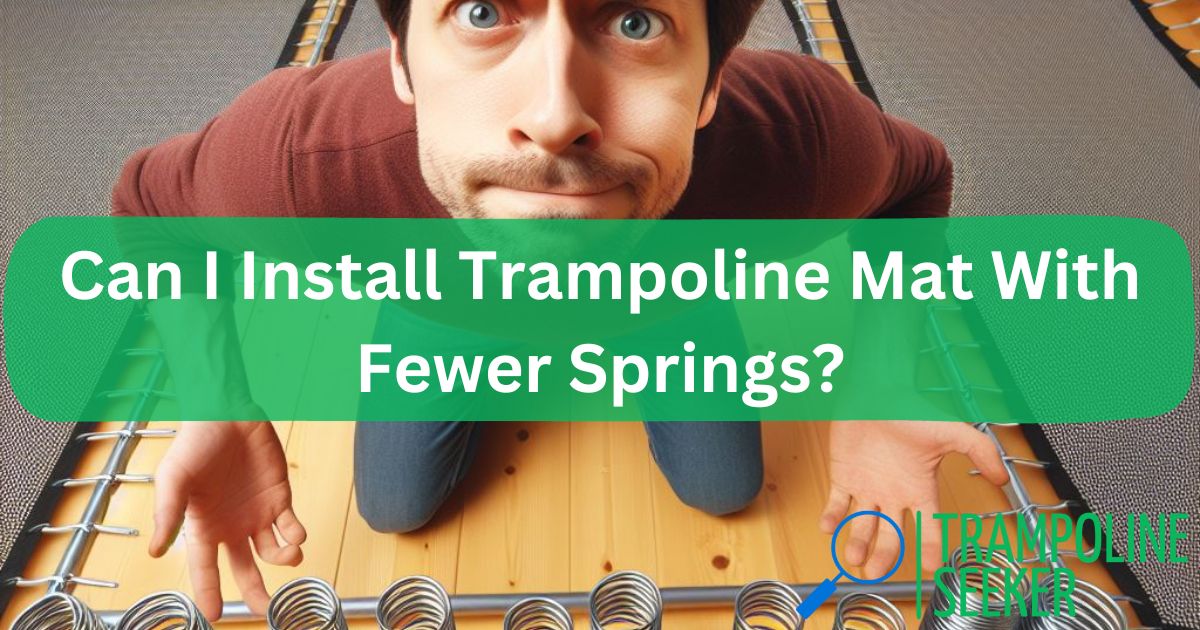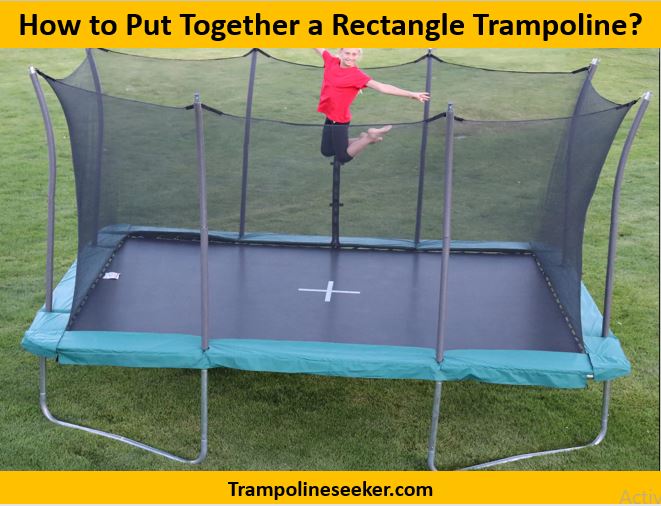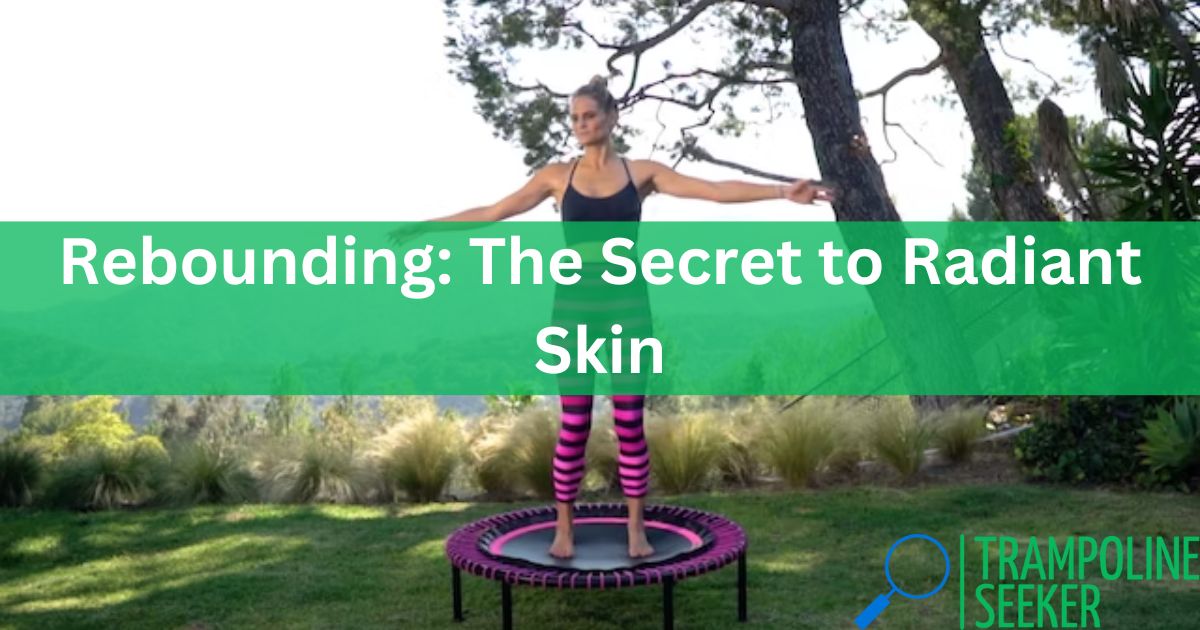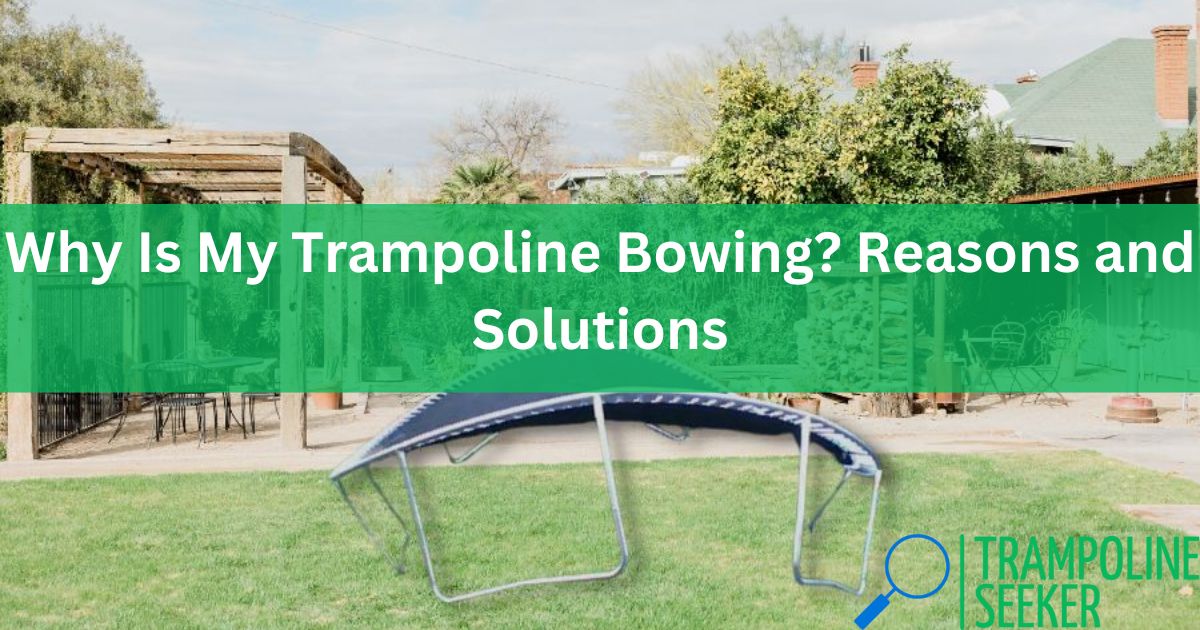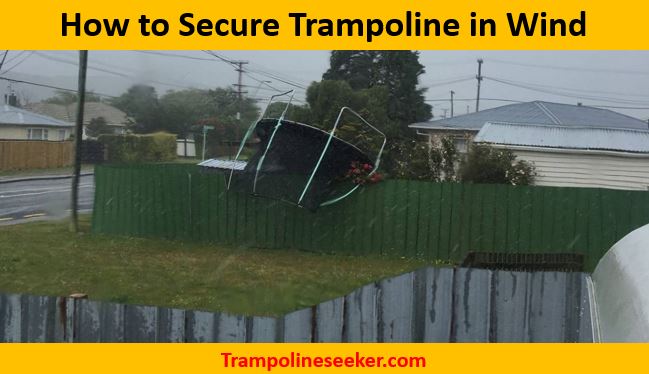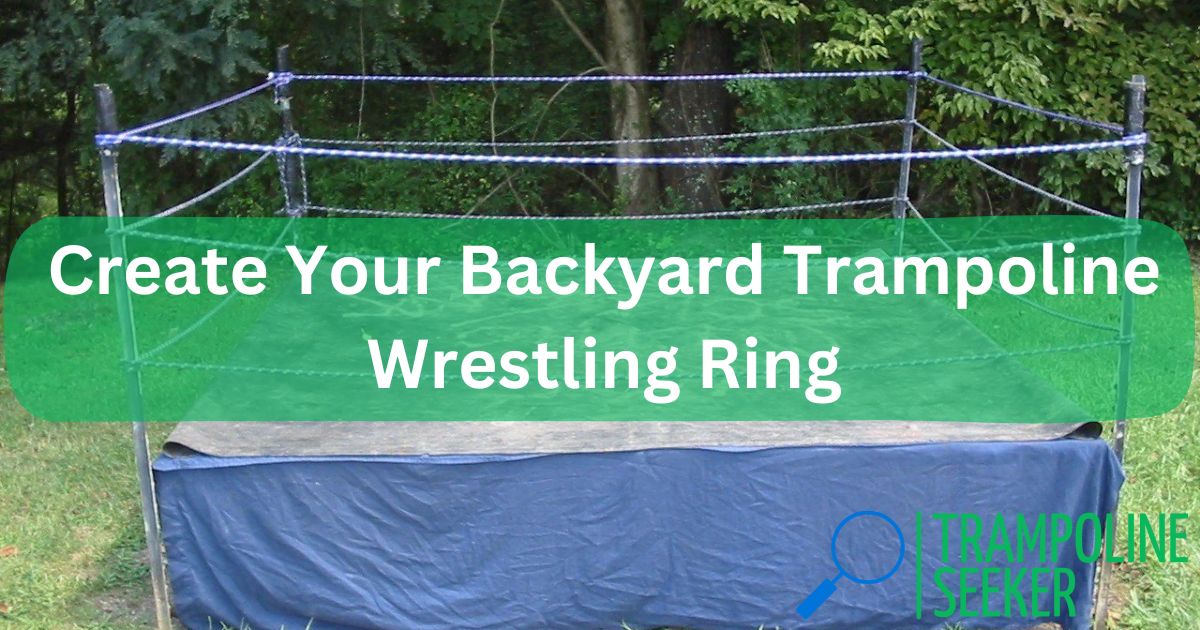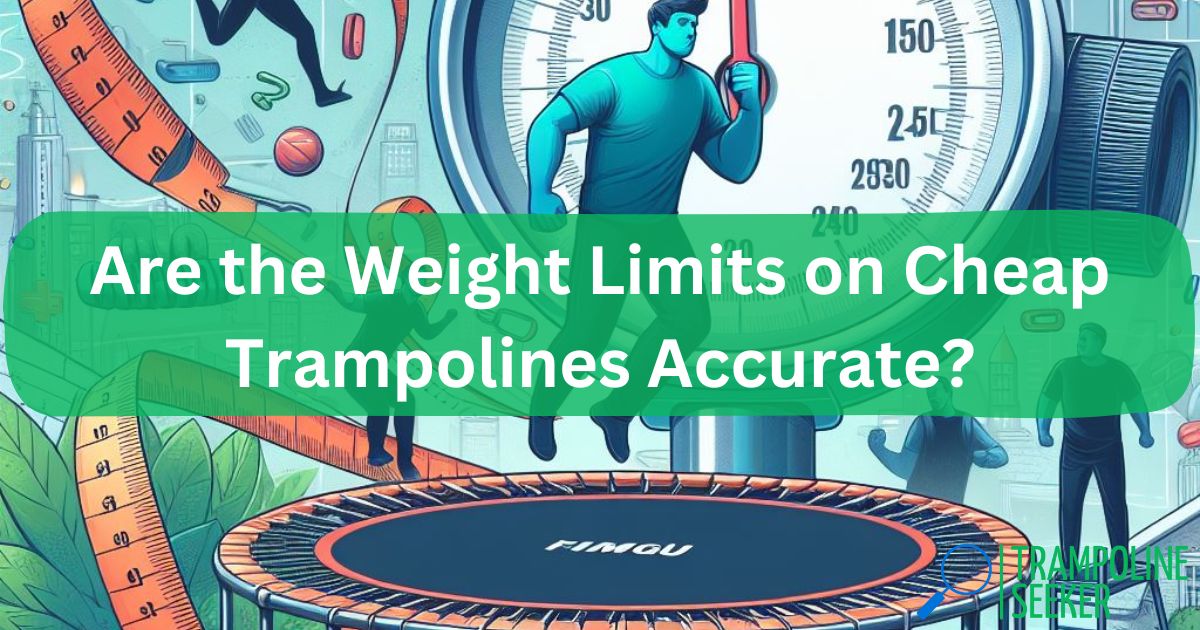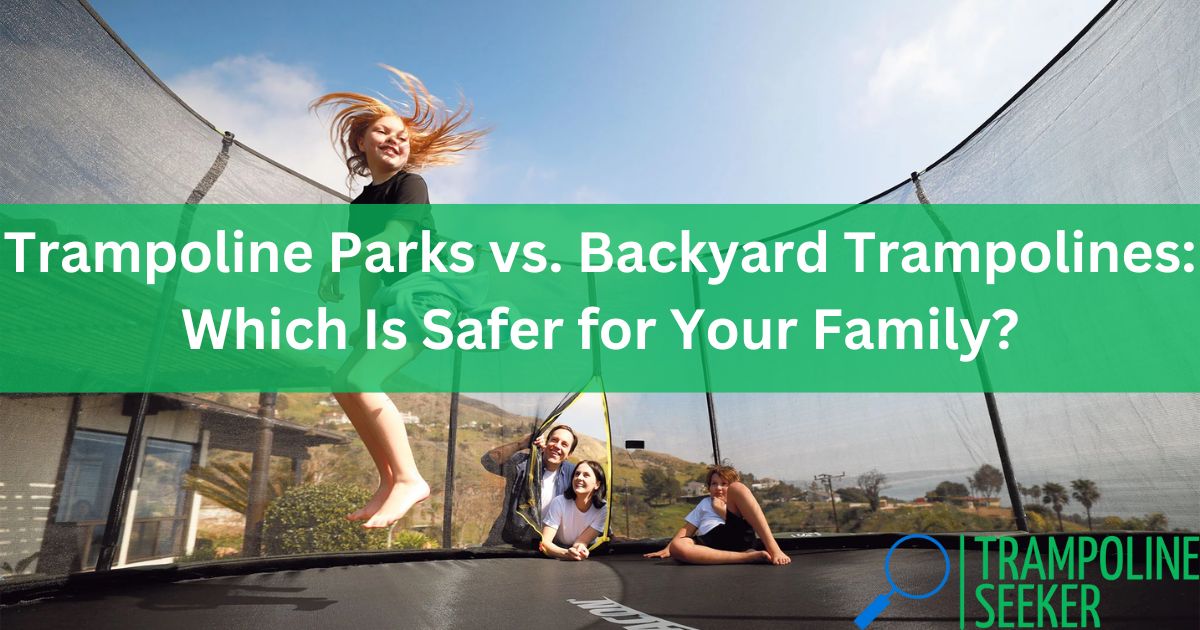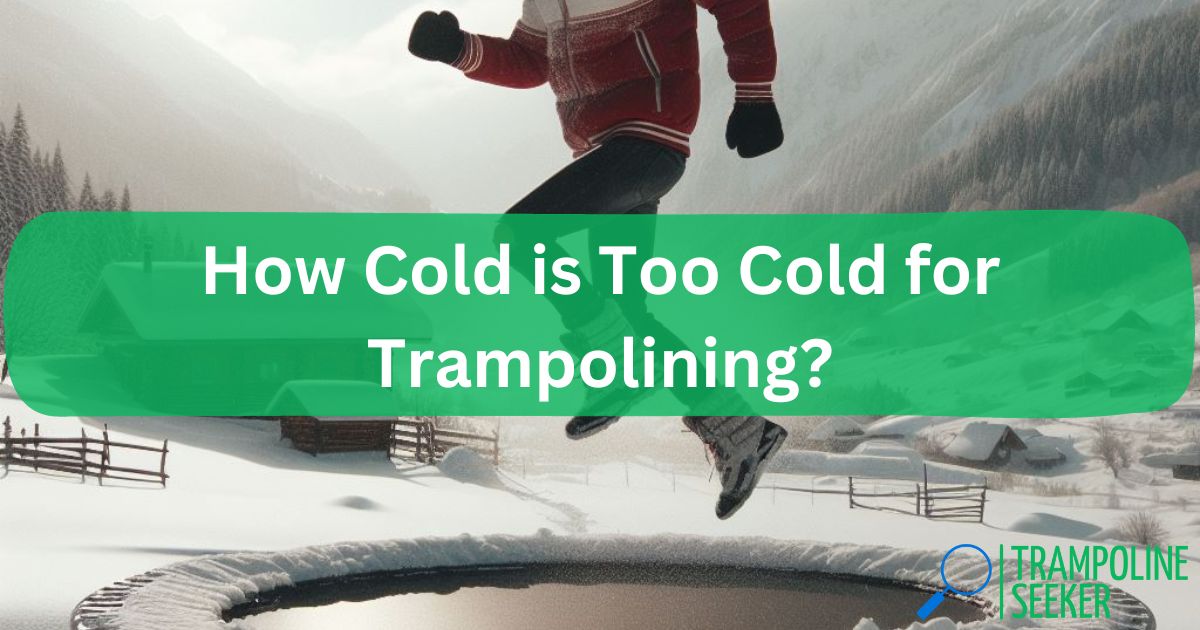I used to be a trampoline jumper, hitting up the local trampoline gym a few times a week to get my bounce on. I loved the exhilarating feeling of soaring high into the air and landing safely into the expansive jump space. However, after moving to a new city, I’ve struggled to find a suitable trampoline facility that meets my standards for optimized jumping. Through trial and error across various venues, I’ve learned that a “soft” trampoline is key for both performance and joint safety.
In this comprehensive guide, I’ll draw on my firsthand experience along with expert insights to outline exactly what constitutes a soft trampoline and how to go about finding one for your personal or commercial needs.
What Makes a Trampoline “Soft”?
When I refer to a soft trampoline, I’m talking about a few key characteristics that distinguish it from a standard backyard or playplace trampoline:
Bouncy Mat Material
The mat is made from a specialized fabric designed for air permeability, meaning you sink into the mat slightly when landing versus bouncing right back up. This increases shock absorption and decreases pound on the body. Materials may include Permatron, a durable vinyl coated polyester, or a proprietary blend.
Loose Springs
There are fewer springs attaching the mat to the frame compared to a typical trampoline. This allows for more give when landing.
Flexible Frame
Rather than a rigid steel frame, soft competition-style trampolines have frames made from materials like fiberglass rods covered in foam that flex to absorb force.
Safety Padding
Thick shock-absorbent padding lines the springs and frame to cushion landings near the edges.
Suspended Net Enclosure
The net surrounding the trampoline is loosely suspended by ropes rather than tightly stretched to leave plenty of overhead jumping space.
All of these elements come together to create a trampoline optimized for comfortable jumping without jarring impacts. For people like me with back issues, these design considerations make all the difference in being able to enjoy trampolining as exercise.
Where to Find Soft Trampolines?
Now that you know exactly what qualities to look for, where do you find these elusive soft trampolines? Here are the best places to search:
Specialty Trampoline Gyms
As I learned firsthand upon moving, not all trampoline parks are created equal when it comes to the equipment they use. While kids zones and dodgeball courts may have firm, tightly coiled trampolines, there is still hope of finding specialty gyms catering to serious jumpers. Search for parks advertising Olympic training, aerial classes, “supertramps”, or similar to locate the good stuff.
Competition Training Facilities
Expand your search beyond commercial recreation venues to facilities hosting competitive trampoline and tumbling teams. While you likely won’t be able to simply drop in and jump, you may be able arrange private open jump times on their regulation equipment.
Buy Used Professional Trampolines
Once you know exactly what kind of premium equipment to look for, you can search resale sites for used professional trampolines. Former competitive gyms or trampoline parks going out of business often sell off their supplies. Expect to invest at least $3,000-5,000 for a quality used Olympic trampoline set.
Custom Build Your Own
If you have the space, budget and ambition, you can purchase professional-grade mats, frames and accessories to construct your own custom soft trampoline. This gives you full creative control to tailor the specifications precisely to your needs. Be prepared to spend $10,000+ for materials and proper installation.
Trampoline Modifications for Added Softness
If none of the above options are feasible for you to obtain a sufficiently soft trampoline, there are some DIY modifications you can make to increase the softness of an existing trampoline:
Remove Springs Strategically
Eliminate springs evenly around the perimeter of the mat, reducing the total number by 10-20%. This will allow more bounce and suspension. Just don’t remove so many that the mat becomes unstable.
Add Extra Padding
Sew additional padding wraps for the springs and frame, or securely fasten soft foam pieces in areas that tend to make hard contact. Prioritize padding the frame corners.
Suspend Net Enclosure
Detach the net enclosure from the mat edge rails and install suspension attachments to allow the net to hang freely rather than stretch tightly. Make sure the net still adequately contains jumpers.
These upgrades provide noticeable improvements in shock absorption for a minimal investment, but understand they don’t truly emulate the performance of a professionally manufactured soft trampoline.
Key Takeaways on Soft Trampolines
Finding a properly soft trampoline takes some work, but pays dividends in enabling you to reap the benefits of trampoline jumping with minimal strain on your body. Keep these tips in mind:
- Prioritize mat bounce, loose springs and flex rods over steel frames
- Check specialty gyms and training centers, not just commercial parks
- Used professional models are costly but a sound long-term investment
- DIY hacks can help improve backyard trampolines to a degree
With the guidance above on exactly what defines a soft tramp trampoline and where to find them, I hope other bouncing enthusiasts like myself can discover the perfect jump to meet their needs and rediscover the simple joy of sailing skyward!
Related Blogs:
- Best Mini Trampoline for Seniors
- Best Trampoline for Adults
- FirstE 50″ Mini Fitness Foldable Trampoline for Adults
- Tatub Upgrade 16FT 14FT Trampoline for Kids and Adults Review
Frequently Asked Questions
Q: How much does a professional soft trampoline cost?
Expect to spend at least $3,000-5,000 for a quality used Olympic or competition trampoline. New custom-built systems with specialty mats, frames and accessories can cost upwards of $10,000.
Q: Can I make my own soft trampoline at home?
It’s ambitious, but possible to construct your own soft trampoline with professional grade components ordered individually if you have the budget, space and installation capabilities. Another option is upgrading an existing backyard trampoline with DIY modifications like extra padding and fewer springs.
Q: Are springless trampolines softer?
Springless “bungee” trampolines can have a softer feel thanks to rotational bungee cords distributing bounce pressure across the mat instead of concentrated at contact points. But without the lift generated by springs they lack performance for skilled jumping.
Q: What is the difference between a competition trampoline and a recreational trampoline?
Competition trampolines prioritize optimized bounce and shock absorption with specialty mats, submerged frames, flexible fiberglass rods versus steel, and heavily padded spring covers. Recreational trampolines are designed for durability, ease of installation and affordability rather than high performance.
Q: Where can I find used gym equipment from trampoline parks?
Closed recreational trampoline park locations often liquidate their proprietary trampoline arena systems through used sporting goods sellers. Search websites like PlayCore and ParkExchange specifically focused on the amusement and recreation industries.
Articles You May Like to Read:


